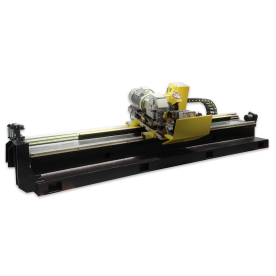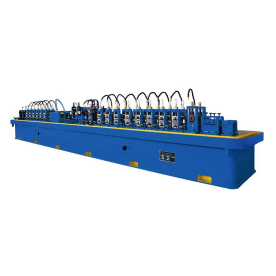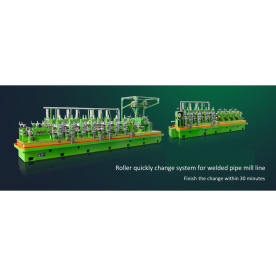[All-in-one High Frequency Welder for Metal Processing]All-in-One High Frequency Welder for Metal Processing: A Comprehensive Guide
News 2025-4-27

All-in-One High Frequency Welder for Metal Processing: A Comprehensive Guide
What is an All-in-One High Frequency Welder?
An all-in-one high frequency welder is a machine that combines multiple welding functions into one unit, allowing for efficient metal processing. This welder operates at high frequencies, which means it can produce fast and precise welds with minimal heat input. It is suitable for various materials, including steel, aluminum, copper, and other metals.
Features of an All-in-One High Frequency Welder
1. Versatility: All-in-one high frequency welders are designed to handle different types of welding processes, including spot welding, seam welding, and projection welding. This versatility allows it to be used for various applications. 2. Precision: High frequency welding provides precise welding results with minimal heat input. This results in less distortion and better mechanical properties of the welded material. 3. Efficiency: These welders are designed to work at high speeds, increasing production rates and reducing cycle times. 4. Easy to Use: All-in-one designs offer ease of use and require minimal operator training. This helps reduce the dependence on skilled operators and improves productivity. 5. Compact Design: The compact design of these welders allows for easy integration into existing production lines, reducing space requirements.
Applications of an All-in-One High Frequency Welder in Metal Processing
All-in-one high frequency welders are used in various industries where metal processing is involved. Some of the common applications include:

All-in-One High Frequency Welder for Metal Processing: A Comprehensive Guide
How to Choose an All-in-One High Frequency Welder for Your Metal Processing Needs?
When selecting an all-in-one high frequency welder for your metal processing workshop, there are several factors you need to consider:
1. Power Output: The power output of the welder should be suitable for the materials you plan to weld. Higher power output means faster welding speeds and better welding quality. 2. Frequency Range: The frequency range of the welder should cover the range of frequencies required for different materials and applications. 3. Warranty and Support: Choose a welder with a good warranty period and reliable after-sales support. 4. Cost: Consider your budget and compare different models to find the best value for money.

